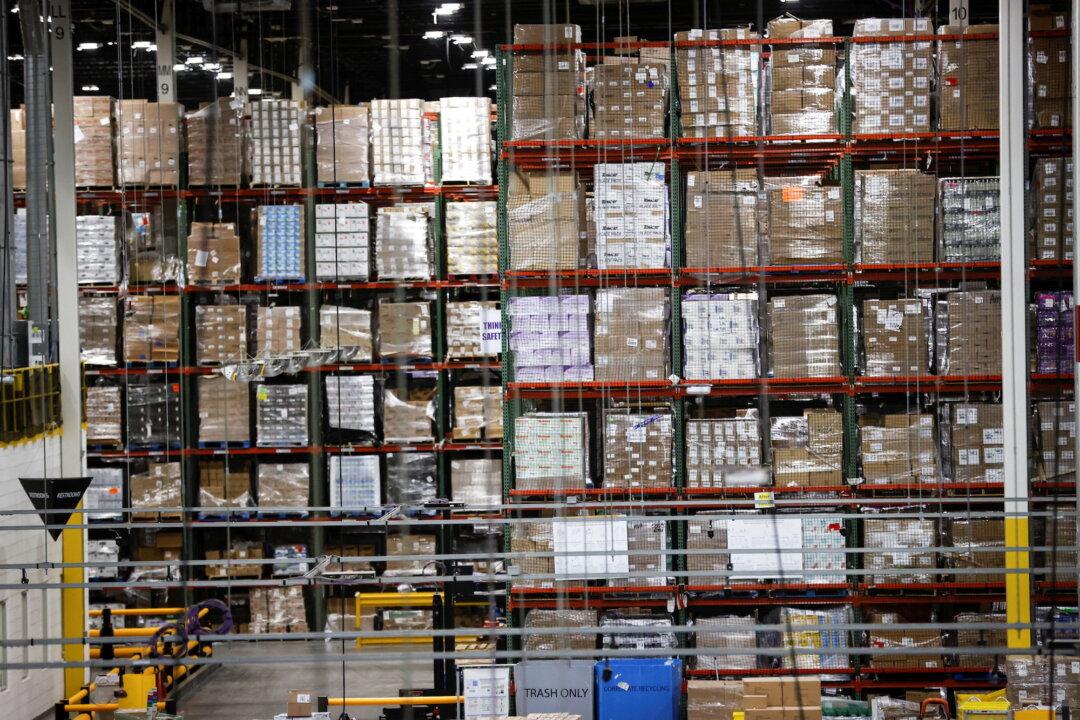The U.S. trade deficit declined by $1 billion in February to $106.6 billion, or 0.9 percent, from $107.6 billion in January, reported the U.S. Census Bureau on March 28.
The goods deficit topped $1 trillion for the very first time last year for an all-time high.





